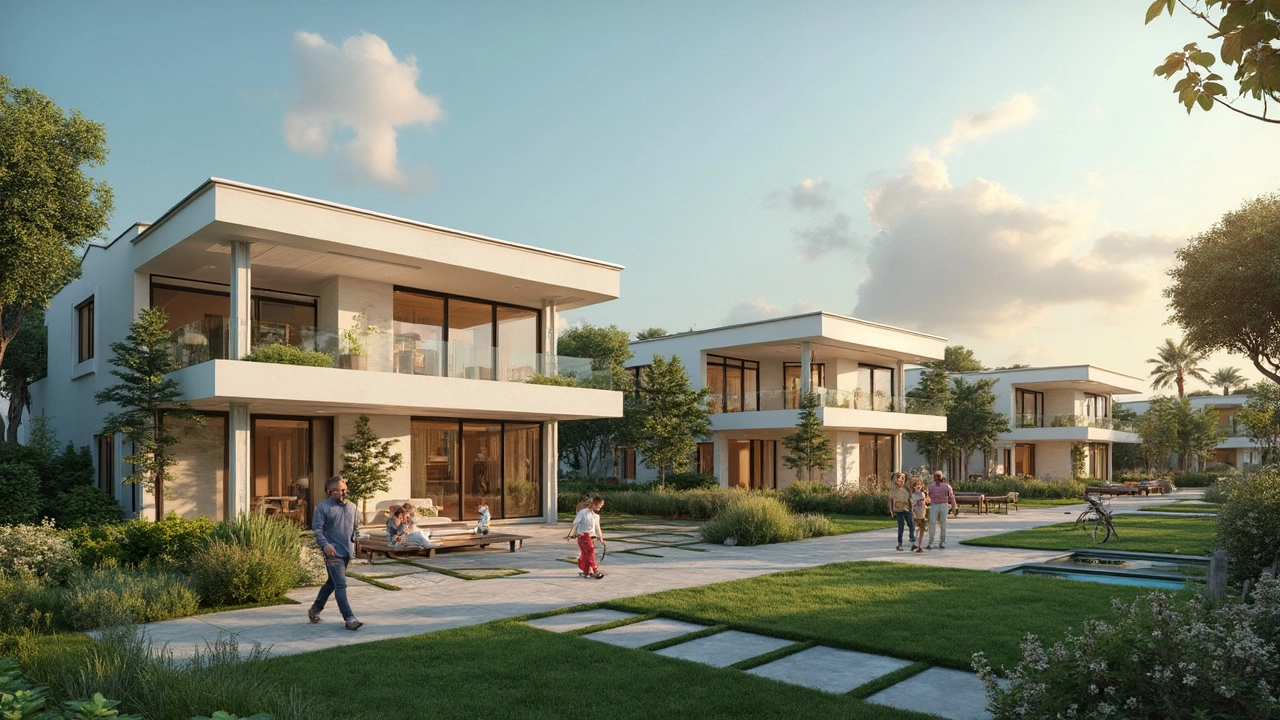USA Construction Insights – What You Need to Know
Thinking about building or renovating in the United States? You’re not alone. From booming cities to fast‑growing suburbs, the US market is full of opportunities – but also a few gotchas. This guide gives you the most useful, down‑to‑earth advice you’ll need to stay on budget, meet the code, and avoid common pitfalls.
Key Trends Shaping US Construction in 2025
First off, sustainability is no longer a buzzword; it’s a requirement. Many states now demand higher energy‑efficiency ratings, and federal incentives reward projects that use recycled steel, low‑carbon concrete, or modular panels. Expect manufacturers to push prefab walls and pre‑wired modules that cut on‑site waste and speed up the build.
Second, labor shortages are driving a shift toward automation. Drones are being used for site surveys, while robotics handle repetitive tasks like bricklaying and concrete finishing. If you’re hiring a contractor, ask how they’re integrating technology – it can shave weeks off your timeline.
Third, the cost of materials continues to fluctuate. Lumber saw a sharp rise a few years ago and is stabilising, but steel prices remain volatile. Keep an eye on market reports and consider locking in prices with fixed‑price contracts when you can.
Practical Tips for Building in the US
Know the local code before you break ground. Each state – and often each county – has its own building code, zoning rules, and permitting process. A quick call to the local building department can save you weeks of re‑work later.
Budget for contingencies. In the US, it’s common to set aside 10‑15 % of the total project cost for unexpected issues like hidden utility lines or soil problems. Treat it as a must‑have, not an optional extra.
Choose a contractor who holds the right licences and insurance. In many states, general contractors need a specific licence to work on residential projects. Verify their background, ask for references, and make sure they carry both general liability and workers’ compensation coverage.
Plan for the climate. Building in the South means you’ll need robust insulation and moisture barriers, while the West Coast calls for seismic‑resistant framing. Tailor your material choices to the local weather to avoid costly retrofits.
Finally, don’t overlook the post‑construction phase. A solid warranty, a clear maintenance schedule, and a thorough hand‑over checklist keep your new build safe and functional for years.
Below are a few related articles from our hub that can help you dive deeper into specific topics:
- Foundation Crack Size: When Is It Serious? A Homeowner’s Guide (UK)
- How Long Does It Take for a New Building to Settle? Facts, Timelines & What to Expect
- Most Durable House Materials: Building the Longest‑Lasting Homes
- Cheapest Building Methods: Affordable Construction Materials & Techniques in 2025
- Best Cement for Foundation Repair: Expert Guide for Lasting Strength

